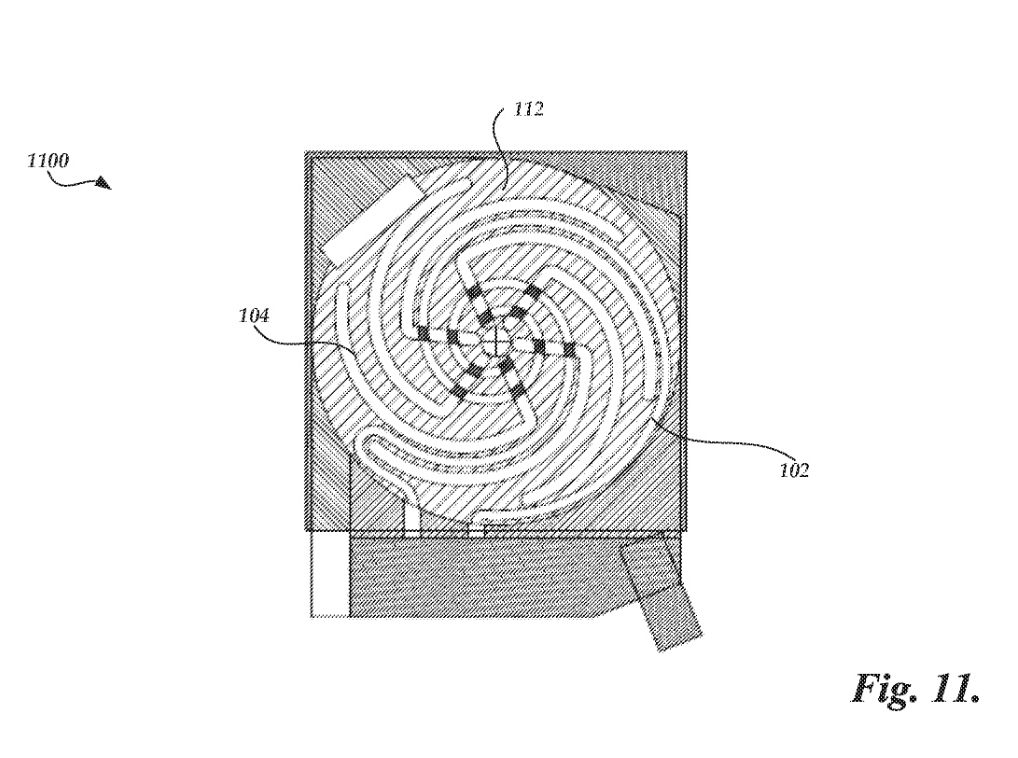Not the point about the number of manufacturing steps for cell form factor in this video:-
Cylindrical and prismatic about the same number of steps, pouch more steps,
If CATL/BYD LFP cells made in China are cheaper than Tesla could make 4680 LFP cells, the difference isn't form factor.,
There are lots of reasons why Chinese made cells might be cheaper, but Chinese cells are subject to a 10% duty when imported into the US, and similar duties probably apply to the EU.
I would contend that if cells are being made in the US or the EU the Tesla 4680 production process is very competitive on price, perhaps the cheapest method,.
If we call the Aluminium Graphite cell above "Agr" IMO the cell types Tesla could potentially make with with 4680 lines include Agr, NCA, MNC, LFP, LMFP, LMNO, Sodium.
Many battery chemistries use much the same type of production equipment and can be made in variety of form factors.
Where a funky new type of battery requires new manufacturing processes or a specific form factor, that is a disadvantage.
When Elon talks about Manganese, I don't know if he means NMC, LMFP or LMNO, perhaps he means all 3.
The 4 Million Mile battery is MNC at least the variant we know about is. We know Tesla has a patent for a single crystal cathode process, so my guess is an intention to make 4 Million Miles batteries in 4680 format.
For LMFP I don't know if the chemistry is owned by CATL, Tesla or both. If CATL owns LMFP Tesla might be able to license the rights on reasonable terms.
While the Australian Agr cell chemistry is new and might not scale, it has a number of advantages, the principle one being the supply chain is mostly Aluminium and Methane. It has a number of advantages for regen braking and fast charging, while energy density is currently a disadvantage.
If the energy density can be improved it is a candidate to be made in 4680 format. For energy storage, the energy density doesn't matter, and the high power density can be useful in some applications.
If Tesla stays in the loop on new chemistries, they can if needed license the rights to make those chemistries in 4680 format, at a future date, when that makes sense.



